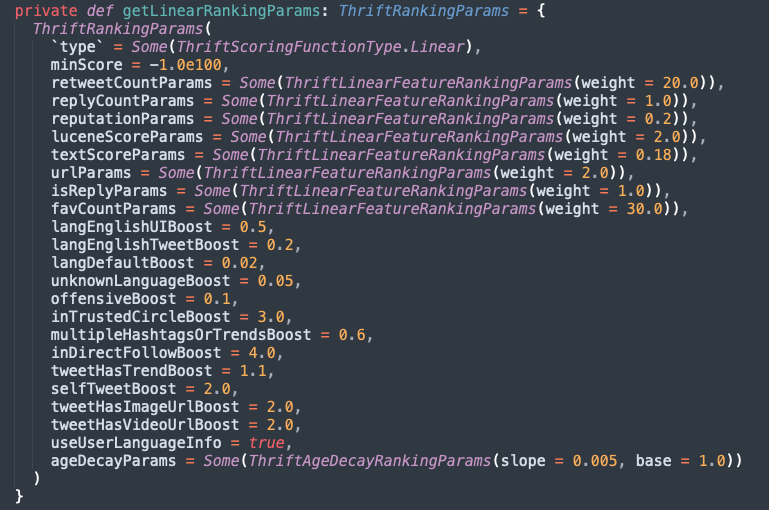
In today's data-driven world, businesses have unprecedented access to valuable information that can drive strategic decisions and foster growth. Among the most powerful sources of business intelligence are social media platforms like LinkedIn and Twitter. By leveraging data from these platforms and training your AI model, you can gain critical insights into your industry, competitors, and potential clients. This comprehensive guide will explore how to integrate LinkedIn and Twitter APIs with large language models (LLMs) to reveal trends and actionable intelligence for your business.
The Power of LinkedIn and Twitter Data
LinkedIn and Twitter are treasure troves of professional and public information, respectively. LinkedIn provides detailed professional profiles, company pages, job postings, and user interactions. Meanwhile, Twitter offers real-time public opinions, trends, and interactions. By combining data from both platforms, businesses can obtain a holistic view of their market landscape.
Choosing the Right Model for Your Business
To effectively harness LinkedIn and Twitter data, selecting the right AI model is crucial. Large language models (LLMs) like OpenAI's GPT-4 are particularly well-suited for this task. These models excel at understanding and generating human-like text, making them ideal for analyzing social media data. Training an LLM with LinkedIn and Twitter data can enhance your capabilities in:
- **Market Research**: Identify industry trends and emerging opportunities.
- **Competitor Analysis**: Understand competitors' strategies and performance.
- **Customer Insights**: Gain deep insights into customer needs and preferences.
- **Brand Monitoring**: Track public sentiment and brand reputation.
Integrating LinkedIn API with Your AI Model
1. **Obtain LinkedIn API Access**
First, you need access to the LinkedIn API:
- **Sign up for a LinkedIn Developer Account**: Visit the LinkedIn Developer Portal and create an account.
- **Create an App**: Register a new application on the LinkedIn Developer Portal to obtain your Client ID and Client Secret.
- **Request API Access**: Depending on your requirements, request access to various LinkedIn API endpoints, such as the People API and Company API.
2. **Set Up Your Environment**
Set up your development environment:
- **Install Required Libraries**: Ensure you have Python installed, and then install the necessary libraries:
pip install requests pandas- **Authenticate with LinkedIn API**: Use OAuth 2.0 to authenticate your application and obtain an access token.
3. **Fetch LinkedIn Data**
Fetch data from LinkedIn using the API:
import requests
# Replace with your LinkedIn app credentials
CLIENT_ID = 'your_client_id'
CLIENT_SECRET = 'your_client_secret'
REDIRECT_URI = 'your_redirect_uri'
ACCESS_TOKEN = 'your_access_token'
# Define the API endpoint
url = 'https://api.linkedin.com/v2/me'
# Define the headers, including the access token
headers = {
'Authorization': f'Bearer {ACCESS_TOKEN}'
}
# Make the API request
response = requests.get(url, headers=headers)
# Check the response status
if response.status_code == 200:
profile_data = response.json()
print(profile_data)
else:
print(f'Error: {response.status_code}')Integrating Twitter API with Your AI Model
1. **Obtain Twitter API Access**
To access Twitter data:
- **Sign up for a Twitter Developer Account**: Visit the Twitter Developer Portal and create an account.
- **Create a Project and App**: Register a new application to obtain your API Key, API Secret Key, Access Token, and Access Token Secret.
2. **Set Up Your Environment**
Install necessary libraries for Twitter:
pip install tweepy3. **Fetch Twitter Data**
Use Tweepy to fetch data from Twitter:
import tweepy
# Replace with your Twitter app credentials
API_KEY = 'your_api_key'
API_SECRET_KEY = 'your_api_secret_key'
ACCESS_TOKEN = 'your_access_token'
ACCESS_TOKEN_SECRET = 'your_access_token_secret'
# Authenticate with the Twitter API
auth = tweepy.OAuth1UserHandler(API_KEY, API_SECRET_KEY, ACCESS_TOKEN, ACCESS_TOKEN_SECRET)
api = tweepy.API(auth)
# Fetch tweets about a specific topic
tweets = api.search(q='your_topic', count=100)
# Process the fetched tweets
for tweet in tweets:
print(tweet. Text)Preprocessing the Data
Preprocess the collected data to make it suitable for training your model:
import pandas as pd
# Assuming you have fetched data into a DataFrame
linkedin_df = pd.DataFrame(profile_data)
twitter_df = pd.DataFrame([tweet._json for tweet in tweets])
# Clean and preprocess data
linkedin_df = linkedin_df.dropna() # Remove missing values
linkedin_df['headline'] = linkedin_df['headline'].str.lower() # Convert text to lowercase
twitter_df['text'] = twitter_df['text'].str.lower() # Convert text to lowercase
# Additional preprocessing steps...Training Your Model
Train your LLM with the preprocessed data. Use a framework like TensorFlow or PyTorch for this step. Here’s a simplified example using a pre-trained model from Hugging Face’s Transformers library:
from transformers import GPT2Tokenizer, GPT2LMHeadModel
# Load pre-trained model and tokenizer
tokenizer = GPT2Tokenizer.from_pretrained('gpt2')
model = GPT2LMHeadModel.from_pretrained('gpt2')
# Tokenize and encode the data
inputs = tokenizer(twitter_df['text'].tolist(), return_tensors='pt', max_length=512, truncation=True, padding='max_length')
# Train the model (this is a simplified example)
outputs = model(**inputs, labels=inputs['input_ids'])
loss = outputs. Loss
loss. Backward()Leveraging Insights and Trends
After training your model, use it to generate insights and identify trends from LinkedIn and Twitter data. Here are some applications:
- **Market Research Reports**: Generate detailed reports on industry trends and market conditions.
- **Competitor Analysis Dashboards**: Create dashboards that provide real-time insights into competitors’ activities.
- **Customer Engagement Strategies**: Formulate strategies to engage with potential clients more effectively by understanding their professional interests and needs.
- **Brand Monitoring Tools**: Develop tools to track public sentiment and brand reputation on social media.
Conclusion
By harnessing LinkedIn and Twitter data to train your AI model, you can unlock valuable business insights and trends. Integrating these powerful data sources with a large language model provides a comprehensive understanding of your market landscape, helping you make informed decisions and drive growth. Embrace the power of social media data with Texas Integrated Services and transform your business intelligence.
Call to Action
Ready to unlock the full potential of your data? Contact Texas Integrated Services today to learn how we can help you leverage LinkedIn and Twitter data with cutting-edge AI solutions to drive your business forward.
Copyright © 2024. All rights reserved.